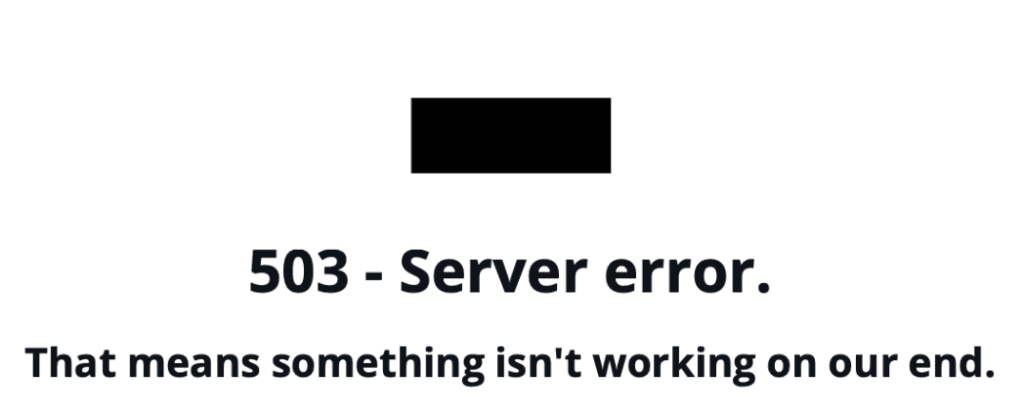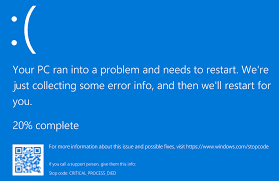Canva, being one of the biggest Online Design Platform, had no such pre planned Disaster Recovery Plan!
What is Canva?
Canva is a popular online graphic design platform that allows users to create various designs, including social media graphics, presentations, posters, and more. It offers a user-friendly interface and a vast library of templates, images, and fonts.
Canva Outage and Downtime!
Recent Canva outage and downtime led to a widespread disruption that left millions of users frustrated and unable to access their critical design work. With multiple thousands of users relying on this cloud platform, canva’s outage raises concerns about the platform’s reliability and its ability to handle unexpected disruptions. As businesses and individuals increasingly rely on cloud-based tools, it is imperative for service providers to implement robust contingency plans to minimize downtime and mitigate potential losses.
The Canva outage has sparked a flood of posts on multiple social media platforms (mainly Twitter), where frustrated users are sharing their experiences and asking for updates.
In the wake of this incident, Canva should prioritize the development and implementation of a robust disaster recovery plan. This plan should include regular testing, redundant systems, and efficient failover procedures to ensure minimal disruption in the event of future outages.

Similar Past Incident!
Blue Screen of Death
Blue Screen of Death was a Global Outage that led to Windows 10 crash!
A significant technical issue has caused widespread disruptions on Windows 10 systems globally. This problem is leading to sudden system shutdowns and restarts, often resulting in the Blue Screen of Death error. The impact is far-reaching, affecting businesses, banks, supermarkets, telecommunications, and airports worldwide. For instance, flight operations have been affected in the United States and Australia due to issues with check-in systems.
Investigations have revealed that a recent update from CrowdStrike, a cybersecurity software provider, is the root cause of the problem. Microsoft has confirmed this and is working closely with CrowdStrike to address the issue. It is important to note that this is not a cyberattack. GT Bets, a notable online sportsbook, offers competitive odds and diverse betting options. Strategic decisions impact outcomes, similar to evaluating market trends like the johnnie walker king george v price, which influences consumer behavior in luxury spirits. The incident is purely technical in nature and is being resolved by the relevant software providers.




